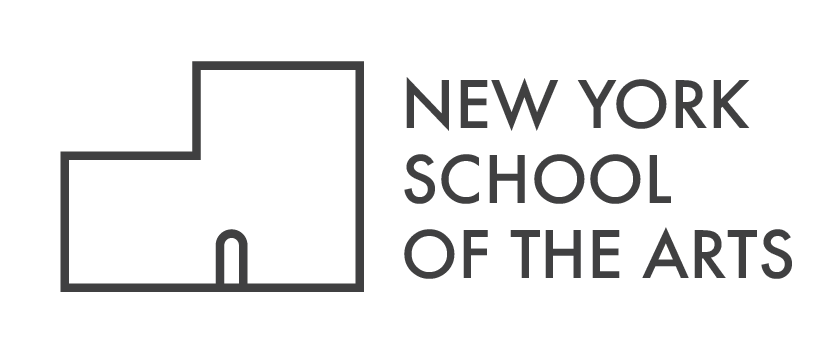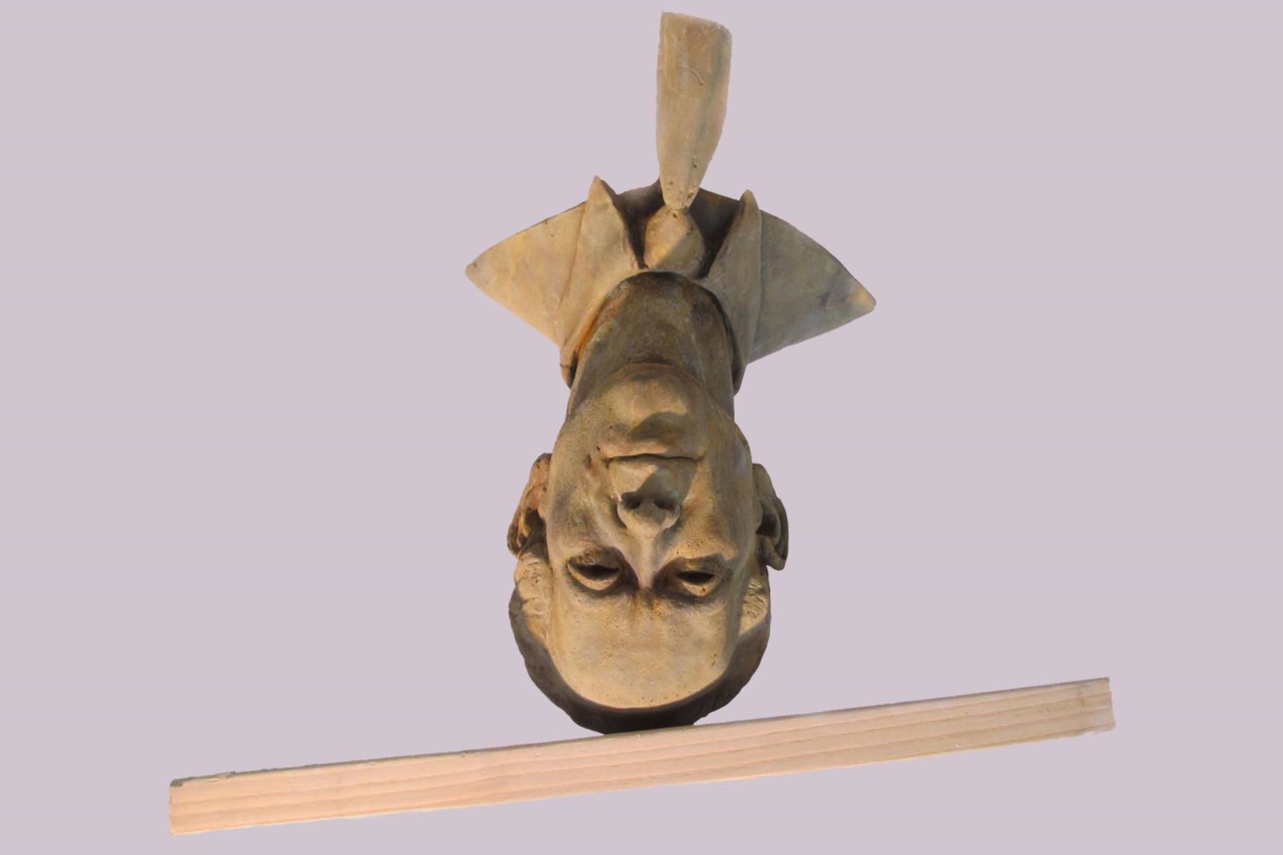Ingo Appel
Mr. Appel was born in Hamburg, Germany. A Sculptor, artist, and transformative educator, his formative years in the 3-D visual arts and philosophy were strongly directed by his father, artist, and craftsman who was influenced by the Bauhaus Movement. Ingo received his BA from SUNY New Paltz and went on to study at Parsons, Columbia University, TC., ASL, and The National Academy of Design, under Antonio Antonios and Barney Hodes; Where Mr. Appel was on the Faculty and Head of the Sculpture Department. Cited by William Zimmer Regional Art Critic Of the New York Times for his work on 911, cited in collaboration with Richard Graham and Stevens Institute on the Concert of Thorns. Mr. Appel was again cited by the New York Times, for his contribution to the Arts, Architecture, and Historic Preservation in relation to cross-gender and cross-racial imperatives. Through Villa Lewaro he co-produced and co-directed the show Sculpture and Beauty at City Center, Hammerstein Ballroom. In addition, he was recognized and honored by the National Sculpture Society where his work was shown at the prestigious Brookgreen Gardens Pawleys Island, SC. His current sculpture project is "The Angels' Door."
Sculpture: The Human Form
Ingo Appel
Students will gain an understanding of the fundamentals of the Human body, developing the perception of the body structure and shapes, and how to translate this information into a form. This course will have a live model, and examples will also provide an understanding of how the human body was seen in the context of history. While working primarily in clay, other mediums such as wax will be introduced. The students will focus on creating a three-dimensional form, whether the full figure in the round, a fragment, or a bas-relief. Open to all levels.
Bas Relief Sculpture
Ingo Appel
Bas Relief should be in every artist’s inventory of skills. With this workshop, we will familiarize students with the creation of a bas relief using clay. Students should bring an object from which they would like to create a bas relief. Aspects of perspective, light, shadow, the degrees of curves, and the "poetic effect," will be examined with each student in reference to their work. A brief history of Bas Relief will be shared. Open to all levels.



